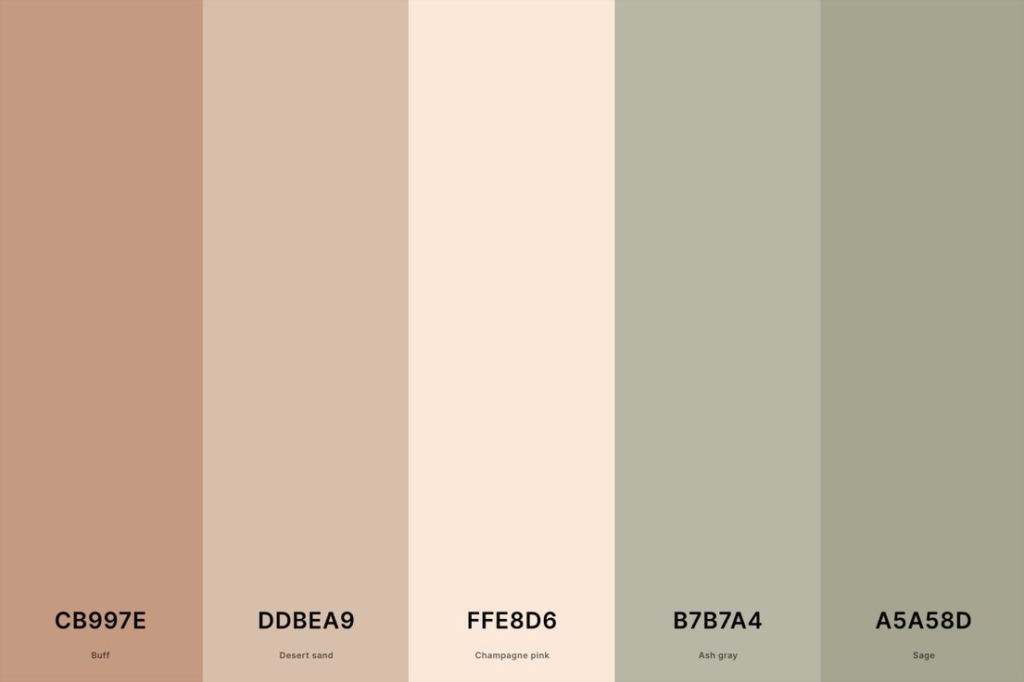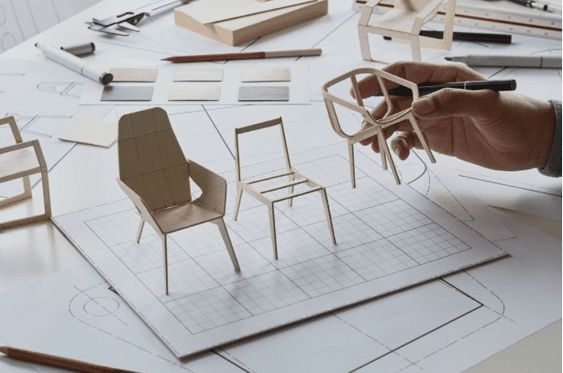In the modern era, minimalism has become a key design philosophy. The idea of “less is more” applies to various fields, from architecture and interior design to technology and product development. Minimizing new designs not only enhances aesthetics but also improves functionality, efficiency, and user experience. This article explores strategies and principles for creating intelligent, space-efficient designs.
Embrace Minimalist Design Principles
Minimalist design focuses on simplicity, functionality, and the elimination of unnecessary elements. By embracing these principles, you can create designs that are both aesthetically pleasing and highly efficient. Key aspects of minimalist design include:
- Clean Lines and Shapes: Use simple, geometric forms to create a clean and uncluttered look.
- Neutral Color Palettes: Opt for neutral colors that evoke a sense of calm and spaciousness.
- Functional Elements: Ensure that every element in the design serves a purpose and adds value.

Prioritize Functionality
Functionality should be at the forefront of any design process. Consider how each component will be used and how it can be optimized for better performance. This often involves streamlining features and focusing on the core functions that are essential to the user experience.
Strategies for Enhancing Functionality
- Multi-purpose Elements: Incorporate elements that serve multiple functions, reducing the need for additional components.
- User-Centered Design: Understand the needs and preferences of your users to create designs that cater to their specific requirements.
- Ergonomic Considerations: Ensure that designs are comfortable and intuitive to use, enhancing overall efficiency.
Utilize Space-Saving Technologies
Advancements in technology have made it possible to create more compact and efficient designs. Leveraging these innovations can help you minimize space without compromising on functionality.
Key Technologies to Consider
- Microelectronics: Use smaller, more powerful electronic components to reduce the size of devices.
- Foldable and Modular Designs: Create products that can be easily folded or reconfigured to save space.
- 3D Printing: Utilize 3D printing to create intricate designs that are lightweight and space-efficient.
Optimize Layout and Organization
Effective layout and organization are crucial for minimizing space in design. A well-thought-out layout can make even the smallest spaces feel open and functional.
Tips for Optimizing Layout
- Zoning: Divide the space into distinct zones based on function, ensuring that each area is utilized efficiently.
- Vertical Space: Maximize the use of vertical space with shelves, wall-mounted storage, and tall furniture.
- Hidden Storage: Incorporate hidden storage solutions to keep the space clutter-free and organized.
Simplify User Interfaces
In the realm of digital design, a minimalist approach to user interfaces (UI) can significantly enhance user experience. Simplifying UI elements makes the design more intuitive and easier to navigate.
Best Practices for Simplifying UI
- Minimal Text: Use concise, clear text to convey information without overwhelming the user.
- Intuitive Icons: Employ easily recognizable icons to guide users and simplify interactions.
- Whitespace: Utilize whitespace effectively to create a sense of openness and focus attention on key elements.
Sustainable Design Practices
Minimizing design is not just about reducing physical space; it also involves making environmentally conscious choices. Sustainable design practices can lead to more intelligent and efficient use of resources.
Sustainable Design Strategies
- Eco-friendly Materials: Use materials that are renewable, recyclable, or have a low environmental impact.
- Energy Efficiency: Design products and spaces that consume less energy, reducing their overall footprint.
- Lifecycle Thinking: Consider the entire lifecycle of the product, from production to disposal, and design for longevity and minimal waste.
Case Studies and Examples
Looking at successful examples of minimalist and space-efficient design can provide inspiration and insights for your projects.
Notable Examples
- Tiny Homes: These compact living spaces use clever storage solutions and multi-functional furniture to maximize space.
- Smartphones: Modern smartphones pack powerful features into slim, sleek designs through the use of microelectronics and efficient layout.
- IKEA Furniture: IKEA’s modular furniture systems are designed for easy assembly, efficient storage, and versatile use in small spaces.
Continuous Improvement and Iteration
Design is an iterative process that involves continuous improvement and refinement. Regularly assess your designs, gather user feedback, and make necessary adjustments to enhance efficiency and functionality.
Steps for Continuous Improvement
- Prototyping: Create prototypes to test and refine your designs before final production.
- User Testing: Conduct user testing to identify areas for improvement and gather insights on user experience.
- Feedback Loops: Establish feedback loops with users and stakeholders to continuously improve and evolve your designs.

Minimizing new designs to create intelligent, space-efficient solutions requires a thoughtful approach that prioritizes functionality, leverages technology, and embraces minimalist principles. By focusing on the essentials, optimizing layouts, simplifying interfaces, and adopting sustainable practices, you can create designs that are both practical and aesthetically pleasing. Remember, less is more – and intelligent design is about making the most out of the space and resources available.

